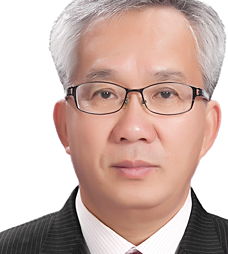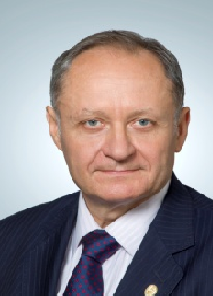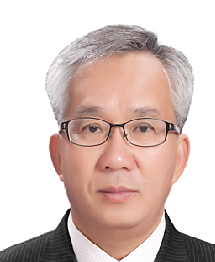Day 2 :
Keynote Forum
Myung Chul Chang
Kunsan National University, South Korea
Keynote: Preparation and fabrication studies of Three Dimensionally ordered gyroid network structure of calcium phosphate crystallites for artificial bone materials
Time : 10:35-11:10

Biography:
Abstract:
Keynote Forum
Jean-Paul Lellouche
Bar-Ilan University, Israel
Keynote: Innovative chemistry and nanotechnology-based surface engineering of hydrophobic tungsten disulfide (WS2) Inorganic Nanotubes (WS2-INTs) - novel nanoscale functional Bio- Active Inorganic
Time : 11:25-11:45

Biography:
Abstract:
Keynote Forum
Sidorenko Anatolie
Institute of Electronic Engineering and Nanotechnologies, Moldova
Keynote: Functional S/F nanostructures for superconducting electronics

Biography:
Abstract:
- Nanoscience and Technology | Nano Medicine | Nanoparticles | Nano Electronics | Materials Chemistry | Nano Materials Synthesis and Characterisation

Chair
Sidorenko Anatolie
Institute of Electronic Engineering and Nanotechnologies, Moldova

Co-Chair
Myung Chul Chang
Kunsan National University, South Korea
Session Introduction
Bonamali Pal
Thapar Institute of Engineering and Technology, India
Title: Greener and selective synthesis of various aromatic amines by TiO2 nanocatalyst under light irradiation
Biography:
Abstract:
Yoshitaka Okada
The University of Tokyo, Japan
Title: Optimizing the structure of quantum dot Intermediate-band solar cells
Biography:
Abstract:
Biography:
Abstract:
Mirko Černák
Masaryk University, Czech Republic
Title: Fast low-temperature plasma calcination of ceramic nanofibres
Biography:
Abstract:
Van Kerckhove Gunther
OCSiAl Europe Sarl, Luxembourg
Title: Tuball â„¢ single wall carbon nanotubes: Health, safety & environmental issues
Time : 16:10-16:30
Biography:
Abstract:
Elisabetta Travaglia
Consiglio Nazionale delle Ricerche, Italy
Title: NFFA-Europe: Enhancing European competitiveness in nanoscience research and innovation
Biography:
Abstract:
- Nanomaterials | Inorganic Materials Chemistry | Organic Materials Chemistry | Materials Chemistry and Physics | Science and Technology of Advanced Materials
Session Introduction
Vladimir Krasnov
Stockholm University, Sweden
Title: Superconducting supercomputer: Challenges and solutions
Biography:
Abstract:
